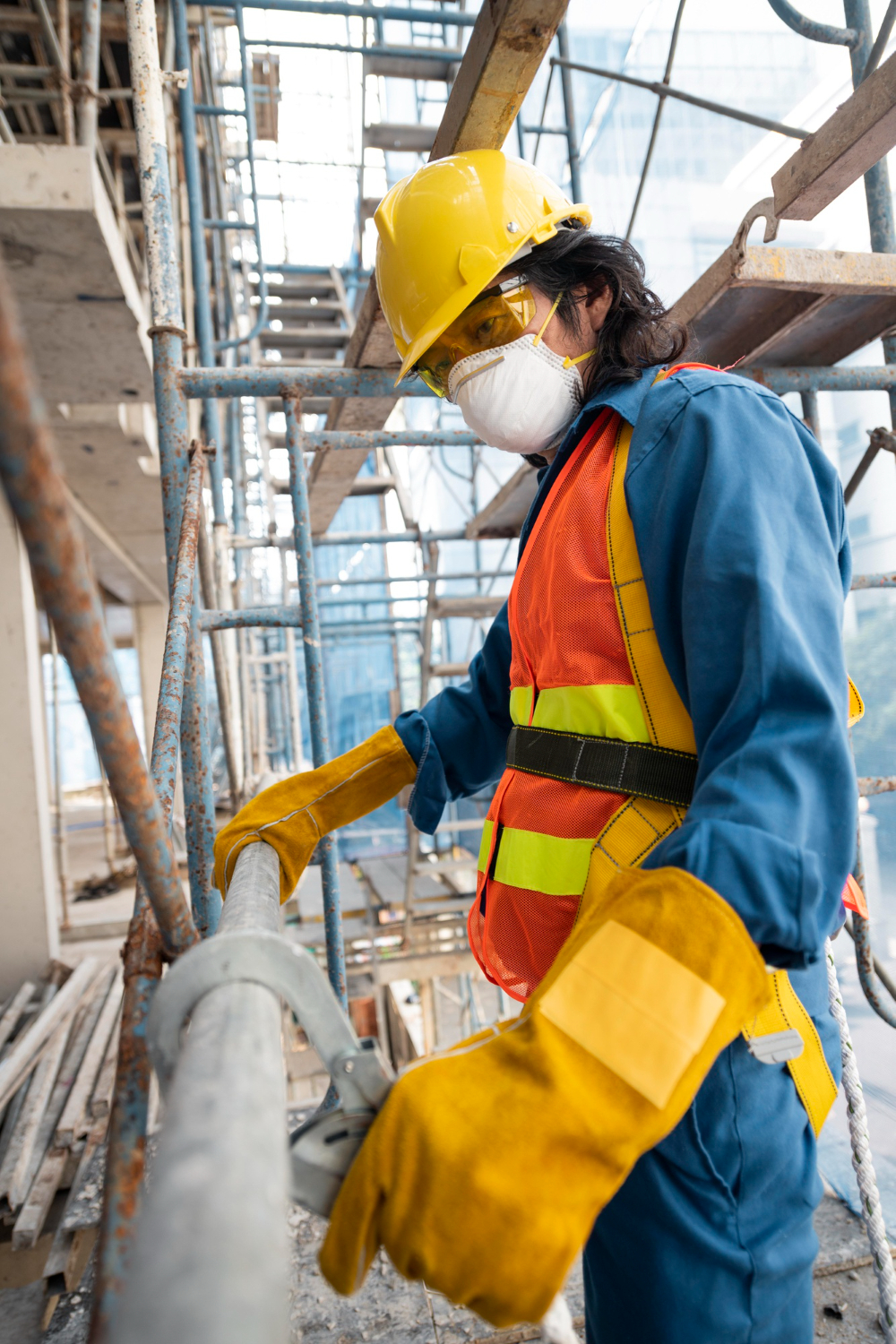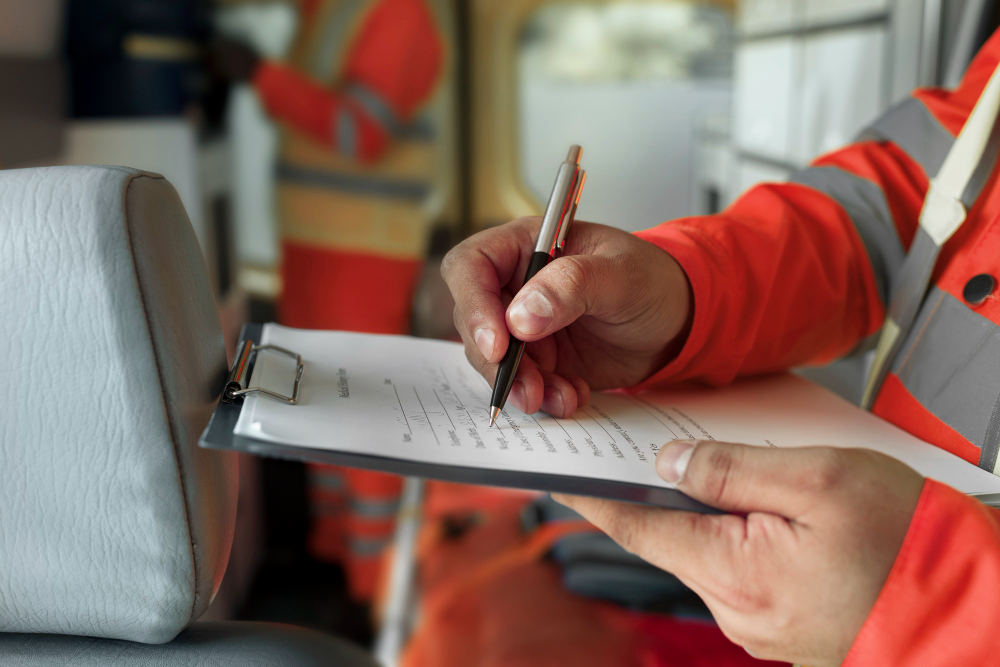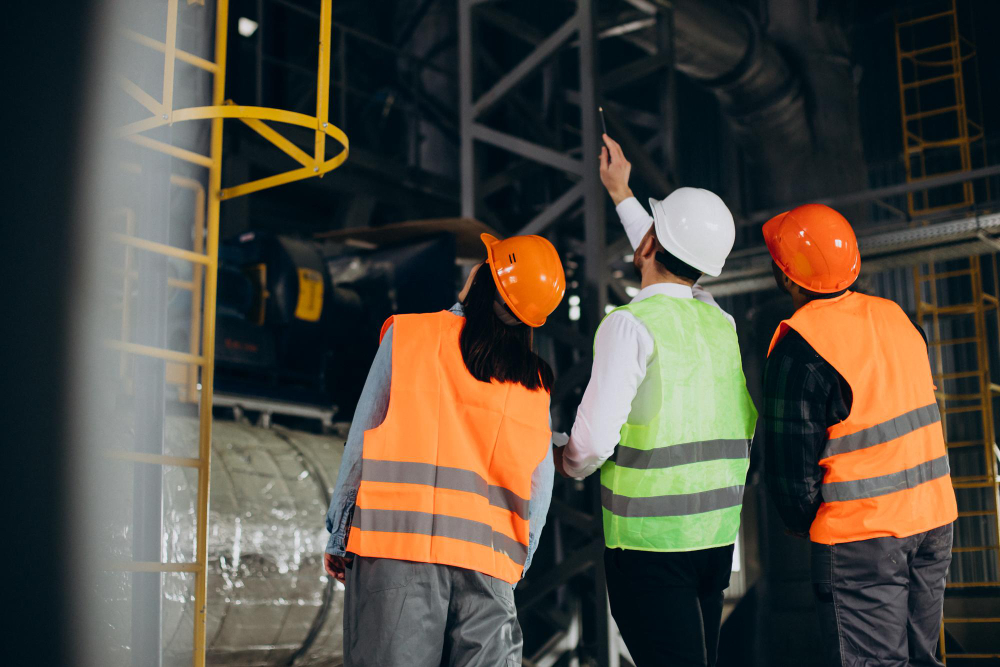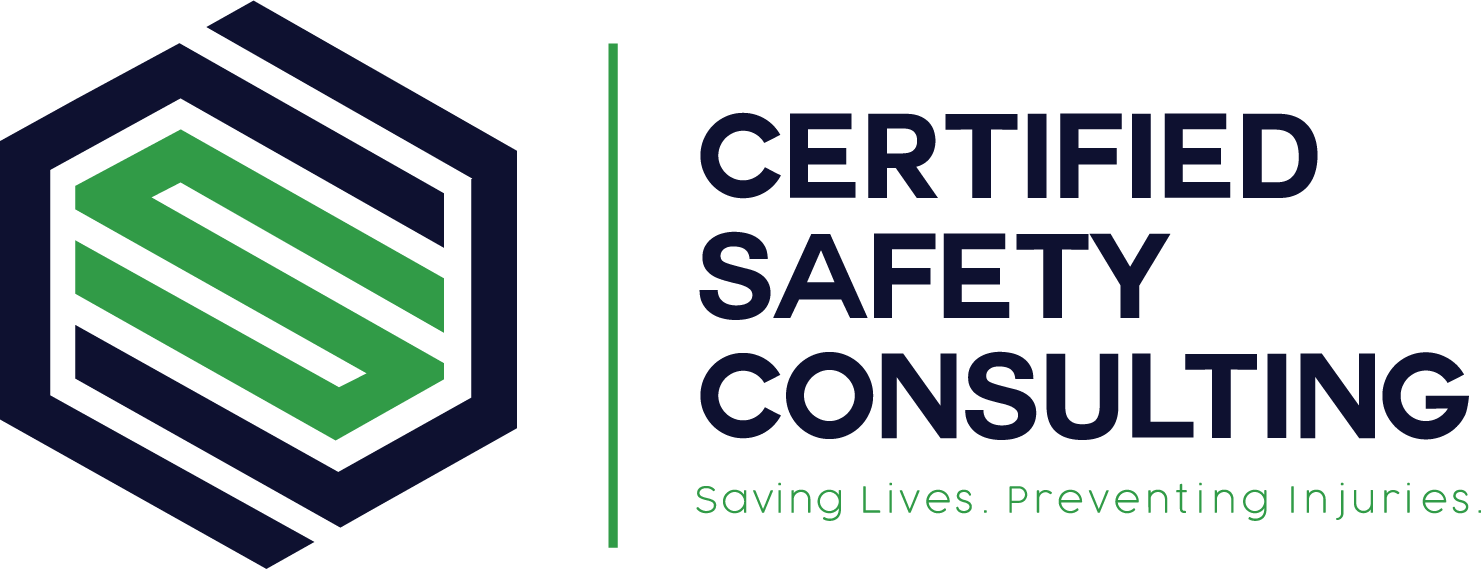SAFETY
Safety is a holistic approach that requires ongoing assessment, training, and a commitment to creating a culture where employees feel secure, valued, and empowered to contribute their best to the organization.


SAFETY
One of the key reasons for emphasizing safety is the protection of human lives and health. Our employees are our most valuable assets, and their safety is non-negotiable. By implementing robust safety measures, we actively reduce the risk of workplace accidents, injuries, and illnesses. This, in turn, not only preserves the physical health of our workforce but also contributes to their mental well-being, job satisfaction, and overall morale. A safe work environment instills a sense of security, allowing employees to focus on their tasks with confidence, knowing that their employer prioritizes their safety.
PROFESSIONAL CREDENTIALS:
- Certified Safety Professional (Certificate No. 20305)
Mock OSHA Inspections
OSHA Inspection Representation
OSHA Outreach Training
CARF Inspections
Crane Safety
Safety Manual Reviews
Site Safety Supervision
On-site Customized Safety Training
Competent Person Training
Competent Person Training
Red Cross Certified First Aid/CPR/AED Training
NEED HELP WITH ENVIRONMENTAL SAFETY AND HEALTH COMPLIANCE ISSUES?
SAFETY
A strong safety culture enhances operational efficiency and productivity. When employees feel secure and supported, they are more likely to engage fully in their work, collaborate effectively, and contribute innovative ideas. A safe workplace minimizes disruptions caused by accidents or injuries, leading to consistent workflow and improved overall performance. Moreover, a commitment to safety often attracts top talent, as prospective employees recognize and appreciate a company that values their well-being. In essence, safety is not just a legal obligation; it is a strategic investment in the health, productivity, and success of our company and its people.

RISK ASSESSMENTS
Organizations that conduct risk assessments can proactively identify and address potential hazards, lowering the likelihood of accidents, injuries, and other negative events. It aids in making informed decisions regarding the allocation of resources to control or eliminate identified risks.

JOB SAFETY ANALYSIS
Job Safety Analysis is a process that involves breaking down a specific job into individual tasks and assessing the associated hazards. It evaluates the steps involved in a job in order to identify potential risks and implement preventive measures. It provides a systematic approach to identifying and mitigating hazards, resulting in a safer workplace.

INCIDENT/ACCIDENT REPORTING AND INVESTIGATION
Timely incident reporting and investigation are critical for understanding the circumstances surrounding accidents or near misses. This data is used to avoid future incidents by addressing underlying problems and improving safety protocols.

SAFETY AUDITS AND INSPECTION
Safety audits and inspections involve systematic reviews of a workplace’s safety procedures, practices, and conditions. Audits are often more comprehensive, evaluating overall safety management systems, while inspections focus on specific areas or activities. These processes help ensure ongoing adherence to safety standards and regulations.

SAFETY PLAN AND IMPLEMENTATION
A safety plan is a strategic document created by a company to manage and improve its safety performance. It serves as a road map for establishing a safe and healthy workplace. Following the development of the safety plan, the next critical step is implementation, which entails translating the theoretical framework of the safety plan into practical actions and incorporating safety practices into the organization’s daily operations.
